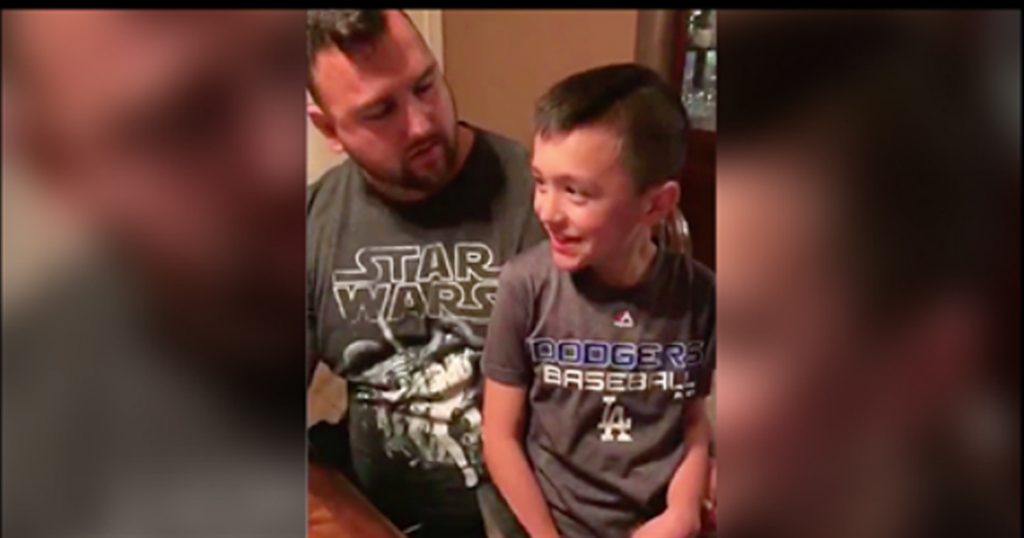“I’m just happy that our story didn’t die with our daughter, and that some good can hopefully come out of this.”
Meet Lindsey Paradiso, a photographer who lives with her husband, Matt, in Fredericksburg, Virginia.

On Oct. 19, 2016, Paradiso posted about her experience having a “late-term abortion” at 23 weeks. Since then, the post has gone viral, with over 100,000 shares.
“I was watching the [third presidential debate] and when I heard Trump say that late-term abortions were ripping babies out at nine months, I went into a full panic attack and started sobbing because I couldn’t believe people actually thought that happens, so I had to share my story and set things straight,” Paradiso told BuzzFeed Health.
The story went viral after she shared it that night, and it began trending again recently after Virginia proposed a ban on abortions after 20 weeks.
In February 2016, Paradiso was 18 weeks pregnant with her daughter Omara when doctors discovered a mass on the baby’s neck during a routine ultrasound.

The ultrasound showed a bubble on Omara’s neck, which she said doctors believed was a rare tumor called a “teratoma” but wouldn’t know more until they did an MRI.
“The doctor told us it was in our best interest to terminate the pregnancy because her dying was pretty inevitable … but we didn’t want our baby to die … we wanted to give Omara a fighting chance,” Paradiso wrote in her blog.
“We wanted her no matter what,” Paradiso said, so they planned to wait until Omara was viable at 27 weeks to deliver her surgically so doctors could operate on the tumor, which ensured the best chance of survival.
“We had to have her delivered early by an EXIT procedure, which is basically like a larger and riskier C-section, because her tumor was so massive that at 27 weeks she would be too big to deliver vaginally,” Paradiso said.
Along with the EXIT procedure necessary to save Omara’s life, Paradiso said she faced the risk of infertility with the procedure but was willing to go through with it if it meant Omara could survive.
Three weeks later, Paradiso got an MRI that confirmed their worst fears: The tumor had tripled in size and was growing into her head, chest, lungs, and eyes. It was inoperable.


After Paradiso and her husband went to two other hospitals for more opinions, they sought out experts at the nation’s top children’s hospital, Children’s Hospital of Philadelphia (CHOP) for an MRI.
“We still had hope, they said they saw one or two cases per year of this and showed us a little girl with the same tumor as Omara who survived until viability and spent her first year in the NICU but now lives a somewhat normal life,” Paradiso said.
However, doctors learned from the MRI that Omara’s case was far worse, and the tumor was growing inside her brain as well. “It was aggressive lymphangioma, and it was three times the size of her head by now and they were 99% sure it was fatal,” Paradiso said.
The doctors believed the tumor would kill Omara before 27 weeks, at which point Paradiso would have to have an EXIT procedure, as the tumor would be too large for her to have a D&C.

“I was willing to risk never having kids again with the EXIT procedure if it meant Omi could survive, but now that we knew she would probably die before viability, the thought of also being infertile was too much for us,” Paradiso said.
She and her husband chose to have a procedure where a lethal injection is administered to the baby and labor is induced afterwards.
“Our hospital where my OB-GYN was couldn’t do it, so we traveled about an hour away — and we were lucky, because a lot of parts of Virginia are very restrictive,” Paradiso said.
“I was in labor for 40 hours, it was so painful and exhausting but I wanted to deliver my daughter so I could hold her and say goodbye,” Paradiso said.

Omara’s heart stopped beating on Feb. 26 and she was delivered on Feb. 28. “It was so painful,” Paradiso said, “I didn’t want to get pain meds so I could remember everything, but after over 12 hours, halfway through, I couldn’t handle it anymore and got an epidural. When I delivered her it felt like an out-of-body experience.”
The family chose to have Omara buried and held a small funeral service for her.
“When she was born and we could see the extent of the tumor, we were shocked,” Paradiso said.

“To give more context, when we took the picture (above) where you can see her tumor, it had already been drained and reduced in size,” Paradiso said.
In Virginia, abortion is legal in the first trimester, legal in the second trimester only at licensed hospitals, and illegal in the third trimester except under certain circumstances.

Those circumstances include cases where the continuation of pregnancy is “likely to result in death, physical or mental impairment of mother.” In all cases, women must receive state-directed counseling and wait 24 hours before the procedure.

Since her experience, she has joined a support group for women who’ve terminated late-term pregnancies and also joined NARAL, a pro-choice advocacy group.
“I testified in front of the general assembly in Richmond last week in support of two women’s reproductive rights bill because the best way to affect legislation is to tell personal stories of how that legislation would’ve affected you had it been in place,” Paradiso said.




